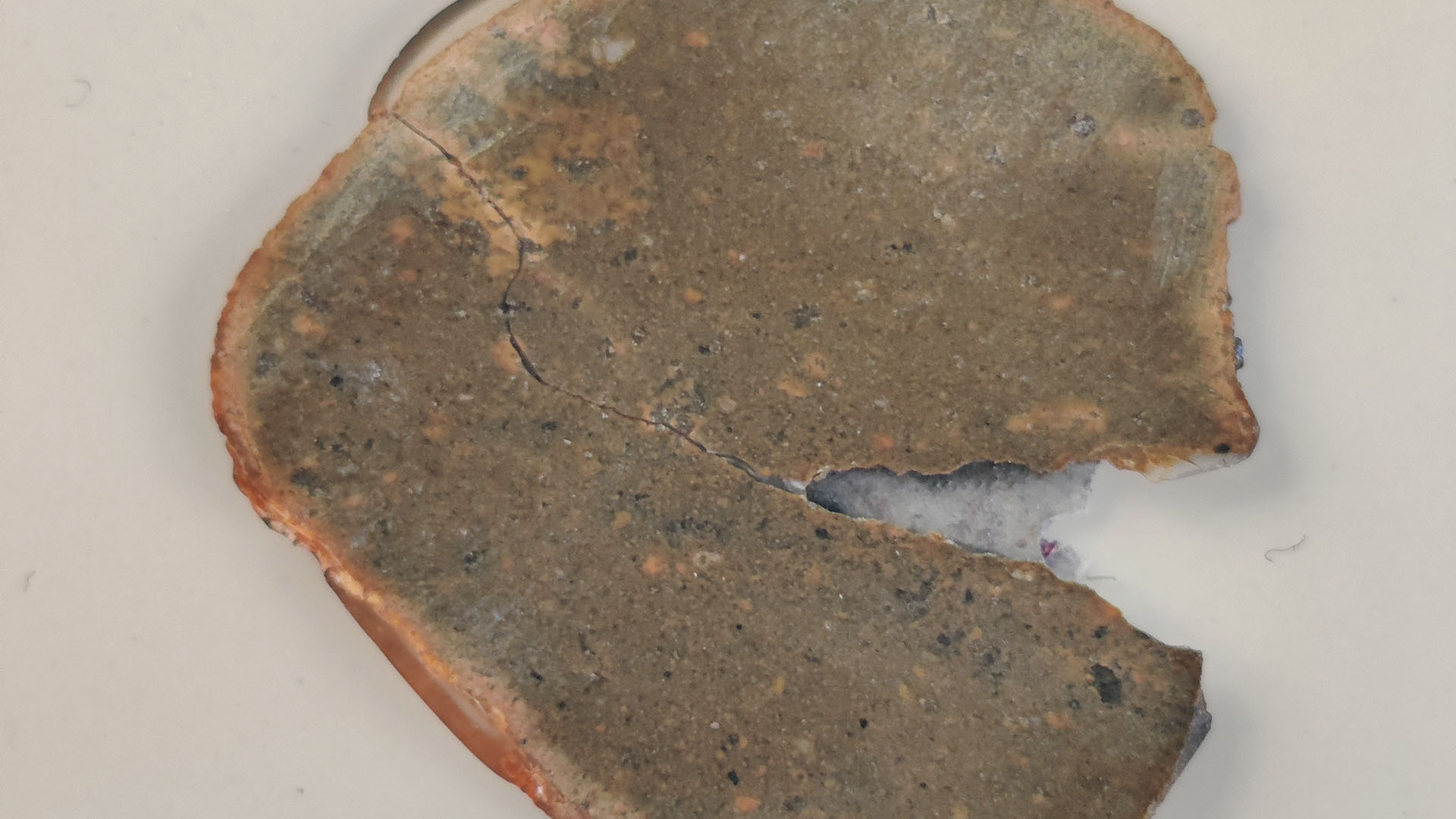A small rock proves that a meteorite struck Greenland about a billion years ago. The crater ruins are among the oldest on Earth.
Today there are about 200 confirmed craters left by meteorites that struck the Earth. Eight of them are in Sweden and twelve in Finland. This means that ten percent of all known archaeological excavations in the world. One reason may be that the foundation is relatively old and well preserved in the two countries.
Now an international team of researchers has found a piece of rock that represents the impact of a crater after a meteorite impact in Greenland. It's an unusual find because nearly 80 percent of the island is covered in ice.
The stone was discovered along the edge of the ice sheet in the Inglefield Land region of northwest Greenland.
– The small stone stood out among all the other stones and rocks covering the mostly flat landscape. It is a molten rock that is formed as a result of the enormous temperatures and pressures created during a meteorite impact. They can be compared to those found inside the Earth's interior, says geologist Gavin Kenny of the National Museum of Natural History.
The sample was collected in Greenland in 2019. When the rock was analyzed using modern electronic imaging technology, the researchers were able to confirm that it was formed in an impact crater.
It is a billion years old
Laboratory investigations showed that the impact occurred approximately one billion years ago. At that time, the Earth looked very different than it does today. Most of Earth's land mass is collected in the supercontinent Rodinia.
-We looked for zircon grains in the sample, as these uranium-containing minerals can provide accurate radiometric ages. Zircon is typically used to time geological events, but during a meteorite impact, enormous pressures and temperatures can “reset” the zircon grains and record the precise time of impact, says researcher William Hyde, now a researcher at Lund University.
It is unclear where the hole is
There is plenty of evidence that the rock sample comes from an inner meteorite crater, hidden beneath ice sheets. But the small stone likely came from another crater, traces of which researchers had previously found, in northwest Greenland.
According to the researchers, the current result is surprising and exciting.
The study showed that it is possible to discover new impact craters by searching for loose materials on the ground. William Hyde says this is especially necessary in inaccessible places on Earth, such as ice-covered areas of Greenland and Antarctica.
Scientific study:
Evidence for approx. A Ga hypervelocity impact event was found in northwest Greenland, geology.

“Entrepreneur. Freelance introvert. Creator. Passionate reader. Certified beer ninja. Food nerd.”





More Stories
For sale: Fox Varedo 2.0, in very good condition, size L
Security incidents lead to pay cuts for Microsoft executives
For sale: Trek Top Fuel 7